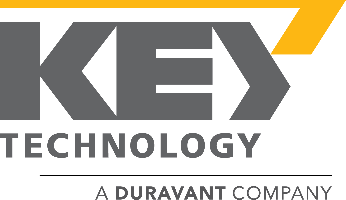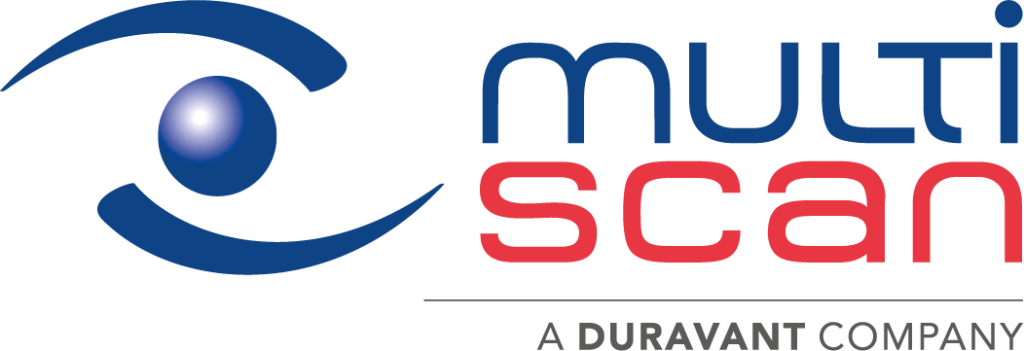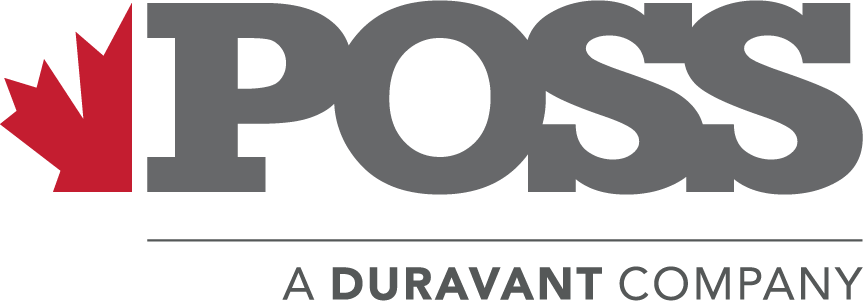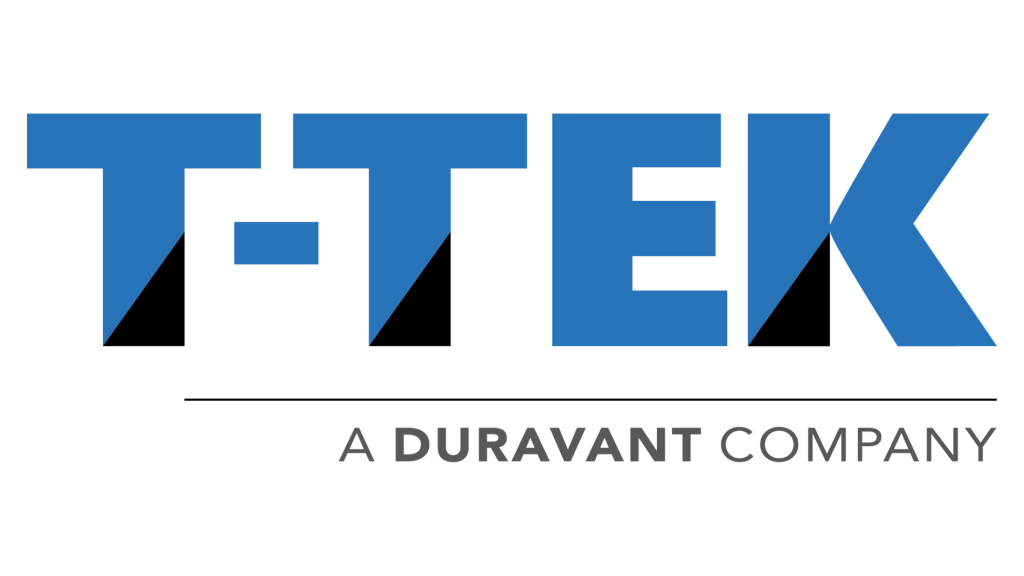The Duravant family of operating companies serve the food processing, packaging and material handling segments.
Revolutionizing Packaging Systems: Trends to Watch in 2025 and How to Adapt Your Strategy
In the ever-evolving landscape of consumer goods, packaging systems are at the forefront of innovation and sustainability. According to a report by Smithers Pira, the global packaging market is projected to reach $500 billion by 2025, driven by demands for smarter and more environmentally friendly solutions. This rapid growth underscores the critical need for businesses to adapt their packaging strategies. Modern packaging systems are increasingly incorporating technologies such as IoT and AI, which enhance product traceability, reduce waste, and improve customer engagement through personalized packaging.
As we look toward 2025, it is essential for companies to stay ahead of these trends to remain competitive. A study by Grand View Research indicates that the eco-friendly packaging segment alone is expected to grow at a compound annual growth rate (CAGR) of 5.7% from 2021 to 2028. Emphasizing sustainable materials and processes in packaging systems not only appeals to environmentally conscious consumers but also leads to cost savings and operational efficiencies. In this blog, we will explore the key trends shaping the future of packaging systems and provide actionable insights on how businesses can successfully adapt their strategies to thrive in this dynamic market.
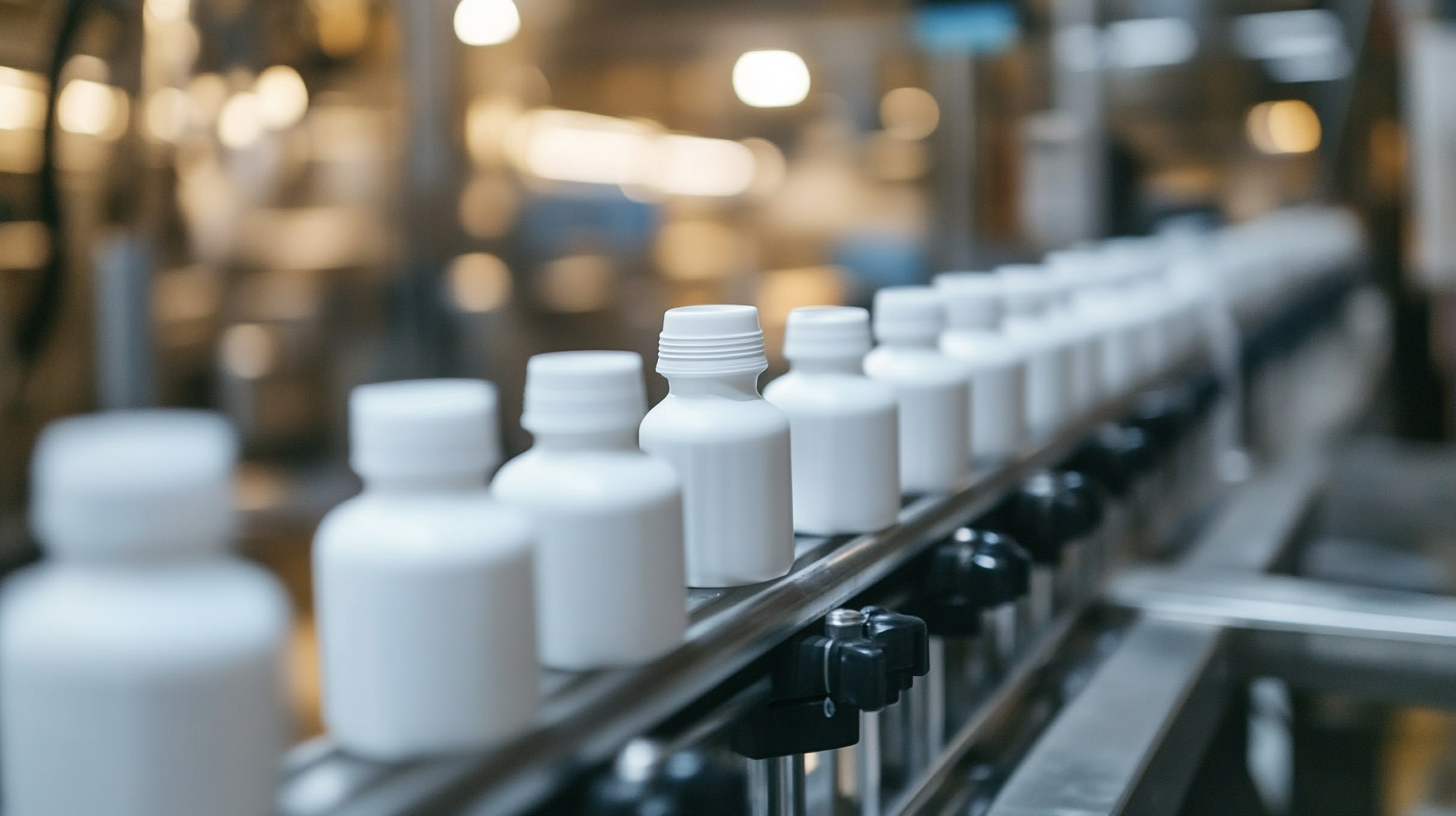
Emerging Technologies Shaping the Future of Packaging Systems
As we look towards 2025, the landscape of packaging systems is set to undergo a transformation driven by emerging technologies that promise to enhance sustainability and efficiency. Innovations such as biodegradable materials and edible cutlery are not just trends; they represent a significant shift in how we approach packaging design and materials. With growing environmental concerns, the demand for sustainable packaging solutions is more pressing than ever, signaling a paradigm shift in how businesses think about their products' life cycles. In this rapidly evolving industry, smart packaging technologies are gaining momentum. The integration of artificial intelligence, the Internet of Things (IoT), and automation is ushering in a new era where packaging goes beyond protection to deliver intelligence. This technological convergence enables brands to optimize their packaging strategies, enhance consumer engagement, and streamline logistics, all while minimizing their environmental impact. The rise of reusable packaging presents another pivotal trend in the packaging sector. As companies recognize the economic potential of a circular economy, transitioning to scalable reusable packaging models will be crucial in addressing plastic pollution. This movement is not only about compliance with regulations but also about meeting consumer expectations for sustainability. Embracing these trends will be key for companies aiming to secure their place in the market and contribute to a greener future.
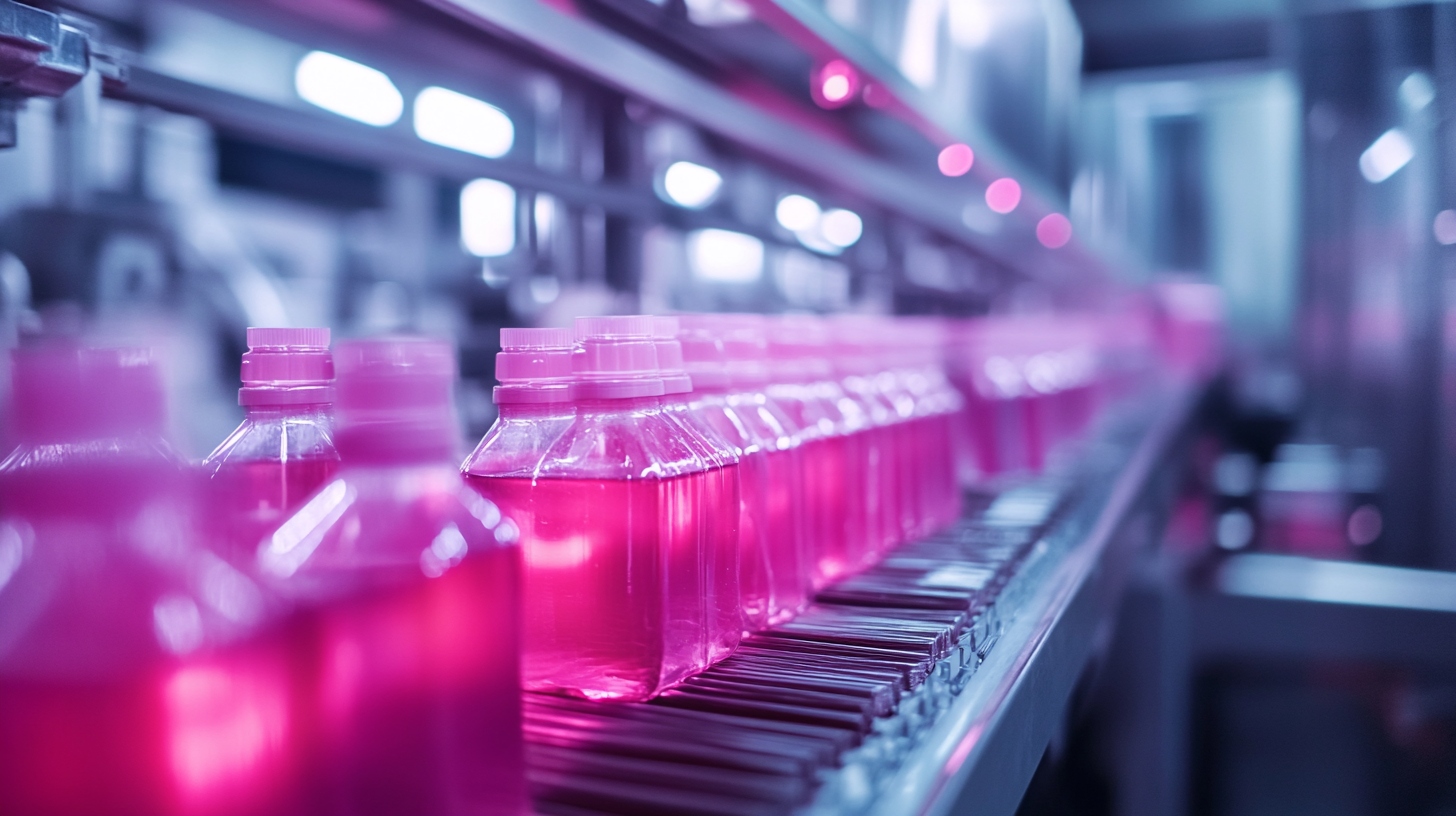
Sustainability in Packaging: Strategies for Eco-Friendly Adaptation
As we approach 2025, the call for sustainability in packaging has never been more urgent. Eco-friendly practices are not just a trend; they are becoming a necessity in the fight against climate change. Businesses must prioritize sustainable packaging solutions to not only align with consumer preferences but also to adhere to increasingly stringent regulations. One effective strategy is to utilize biodegradable materials that decompose naturally, reducing landfill waste and minimizing environmental impact. Brands can explore innovative alternatives like plant-based plastics, recycled papers, and compostable wraps, all of which present an opportunity to engage consumers actively in the sustainability journey.
Moreover, companies can incorporate a circular economy model into their packaging strategies. This involves designing packaging that can be reused, refilled, or recycled, thus extending its lifecycle and reducing resource consumption. By creating take-back programs or partnerships with recycling organizations, companies can enhance their sustainability efforts and encourage responsible consumer behavior. Educating consumers on the proper disposal and recycling of packaging materials can also increase participation in these eco-friendly initiatives.
Adopting these strategies not only demonstrates a commitment to sustainability but can also improve brand loyalty and market differentiation. Companies that prioritize eco-friendly packaging are likely to resonate more with environmentally conscious consumers, ultimately driving sales and fostering a positive brand image. Investing in sustainable packaging solutions is not merely a compliance measure but a proactive approach to ensuring long-term business viability and environmental stewardship.
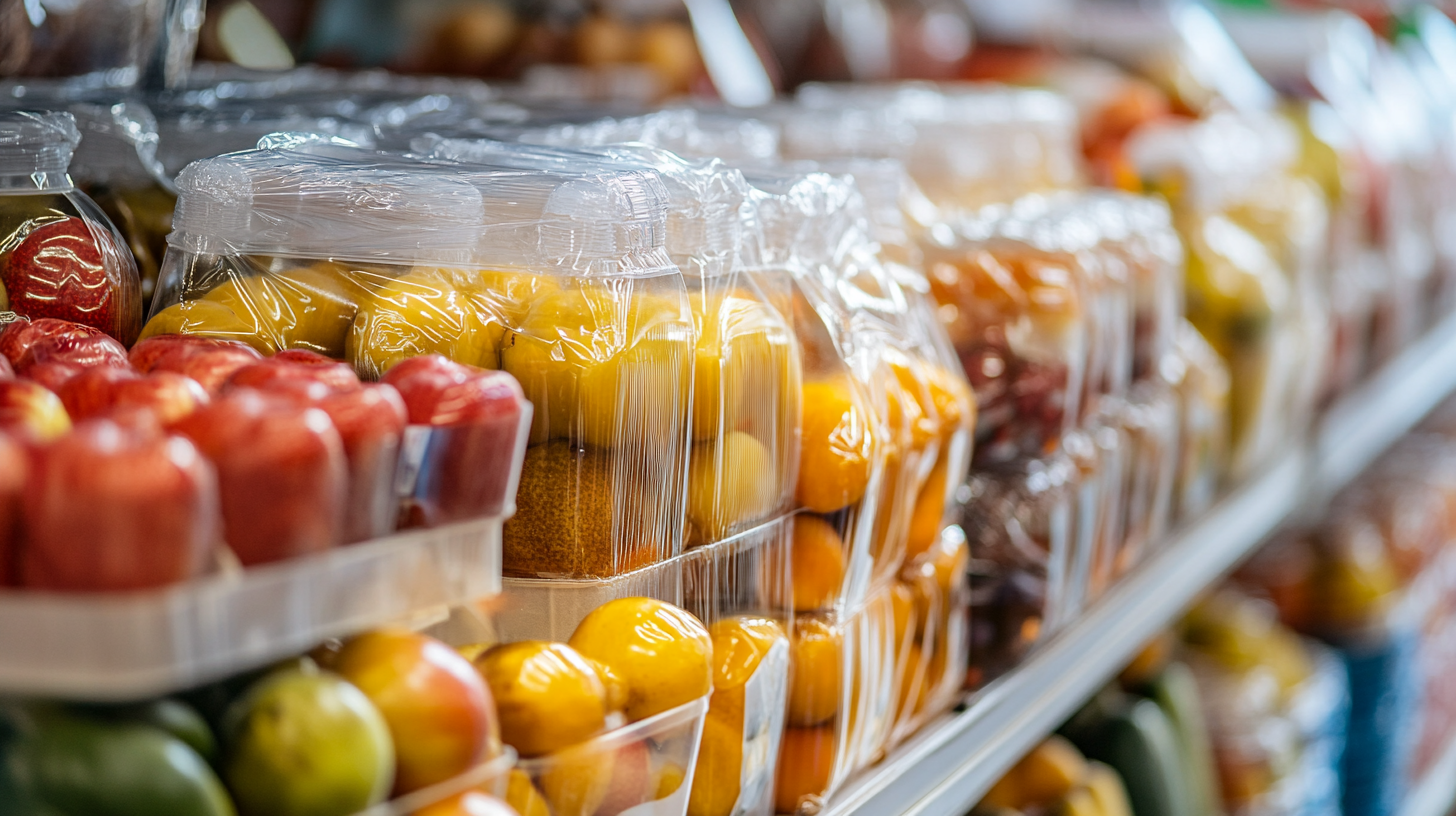
Consumer Trends Driving Change in Packaging Preferences
As we move toward 2025, consumer preferences are rapidly reshaping the landscape of packaging systems. One of the most significant trends is the increasing demand for sustainable packaging solutions. Today’s consumers are more environmentally conscious than ever, seeking products that not only meet their needs but also align with their values. This shift is leading brands to explore innovative materials, such as biodegradable plastics and plant-based packaging, which minimize environmental impact while maintaining product integrity.
Another crucial consumer trend influencing packaging preferences is personalization. Shoppers are looking for tailored experiences that resonate with their individual lifestyles and identities. Packaging that incorporates customization options—like unique designs, personalized messages, or regional influences—can create a stronger emotional connection. This trend challenges brands to think creatively about how they present their products and engage with their audience through their packaging choices.
Moreover, the convenience factor continues to play a pivotal role in packaging decisions. With the rise of e-commerce and on-the-go lifestyles, consumers prefer packaging that is functional, easy to use, and enhances the overall user experience. Brands are adopting designs that facilitate easy opening, resealability, and portability, ensuring that their products fit seamlessly into the busy lives of their customers. By paying attention to these consumer trends, companies can adapt their packaging strategies to not only meet but also anticipate the evolving demands of the marketplace.
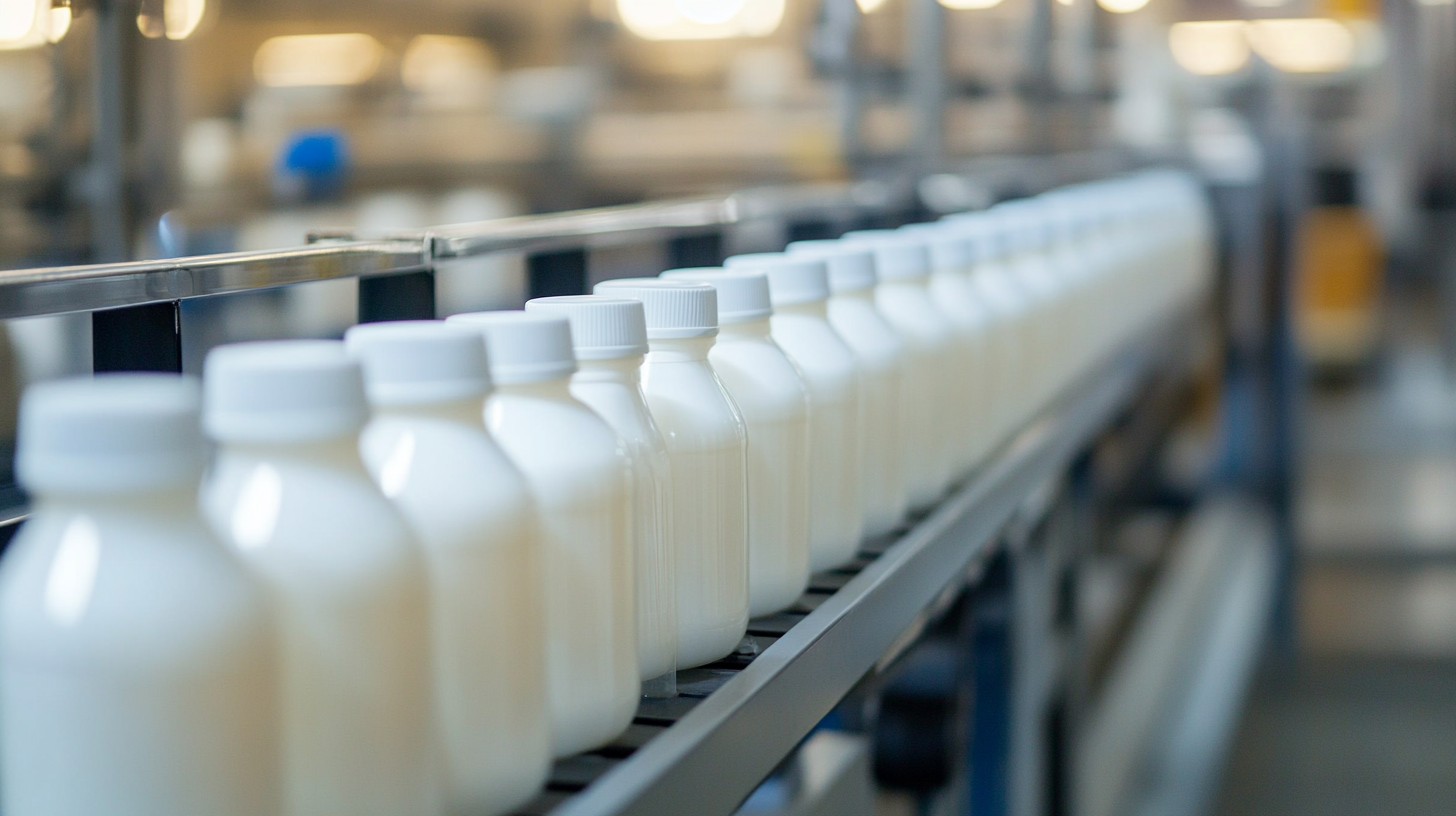
Automation and Smart Packaging: Enhancing Efficiency and Functionality
As we move towards 2025, the packaging industry is undergoing a significant transformation driven by the convergence of automation and smart technologies. The rise of packaging 4.0 is facilitated by innovations such as artificial intelligence (AI), the Internet of Things (IoT), blockchain, and robotics. These advancements not only enhance operational efficiency but also improve sustainability, addressing growing consumer demands for environmentally responsible practices. The global AI in packaging market is projected to reach an impressive USD 23,415.2 million by 2034, highlighting the robust growth propelled by smart technologies.
Smart packaging, a key aspect of Industry 4.0, promises to revolutionize retail by integrating interactive technologies and intelligent materials. Brands can now create personalized experiences for consumers while streamlining operations. These innovations cater to both wide-web and narrow-web industries, enabling reduced environmental impact through strategic design and standardization. By embracing smart packaging solutions, companies can eliminate legacy systems that hinder automated logistics, thus boosting efficiency while minimizing waste.
Moreover, the commitment to sustainability has sparked a wave of new products designed to meet customer goals. Companies are increasingly leveraging AI to optimize everything from packaging design to distribution, effectively reducing material waste and enhancing responsible practices. As part of this evolution, businesses must be agile and responsive, adapting their strategies to harness the potential of smart packaging innovations, ensuring they remain competitive in an ever-evolving marketplace.
Collaboration and Innovation: Building Stronger Packaging Ecosystems
The packaging industry is undergoing a significant transformation as we approach 2025, driven largely by collaboration and innovation. Building stronger packaging ecosystems is essential for businesses looking to thrive in an increasingly competitive market. According to a report from Smithers Pira, the global packaging market is expected to reach a value of $1.05 trillion by 2024, emphasizing the need for companies to adapt their strategies to stay relevant.
Collaborative efforts among manufacturers, suppliers, and technology providers are becoming critical in developing sustainable packaging solutions. A recent study by Grand View Research indicated that the biodegradable packaging market alone is projected to grow at a compound annual growth rate (CAGR) of 14.4% from 2021 to 2028. This trend highlights how partnerships can foster innovation, resulting in eco-friendly packages that meet customer demands while addressing environmental concerns.
Furthermore, technological advancements such as blockchain and IoT are shaping the future of packaging. The International Data Corporation (IDC) reports that 85% of organizations plan to invest in smart packaging technologies by 2025. This investment comes in response to the need for enhanced transparency and traceability in the supply chain, allowing companies to respond quickly to consumer preferences and compliance issues.
In this evolving landscape, companies must not only embrace innovation but also foster a culture of collaboration. By leveraging shared resources and knowledge, businesses can create adaptive strategies that respond to emerging trends and market demands, ultimately leading to stronger and more resilient packaging ecosystems.


